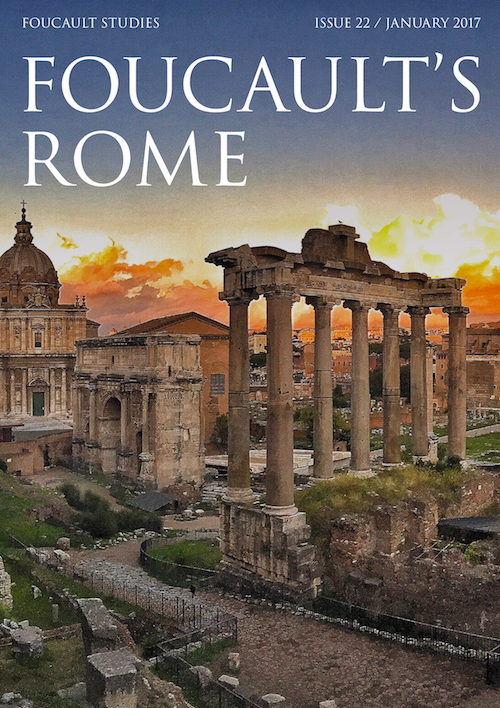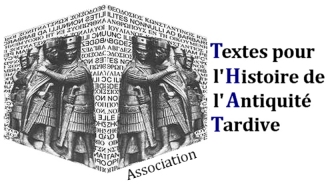Table of Contents
Book I
1 A Religious Festival in the Piraeus
2 Being Old
3 Treasure for Heaven
4 Giving What is Owed
5 The Craft of Justice
6 Benefiting Friends and Harming Enemies
7 The Advantage of the Stronger
8 The Good Shepherd
9 The Blushing Argument
10 Function, Virtue, and the SoulBook II
11 The Division of Goods
12 The Social Contract Theory of Justice
13 The Magic Ring
14 The Challenge
15 The Teaching of Justice
16 Glaucon’s Lover
17 From Souls to Cities
18 Making the Most of Differences
19 Luxuries in the Just City
20 The Good Soldier
21 Censoring Homer
22 Gods Causing Bad Things
23 Gods in Disguise or Speaking FalselyBook III
24 Fear and Grief
25 Laughter and Lying
26 Lust, Wrath, and Greed
27 Narrative Style and Personal Integrity
28 The Emotional Power of Tune and Rhythm
29 Love of the Fine and Beautiful
30 Physical Training
31 Doctors and Judges
32 Harmony in the Soul
33 Rulers
34 The Myth of the Metals
35 Private Property and Private InterestsBook IV
36 The City as a Whole
37 Lawfulness Internalized, Legislation Minimized
38 Wisdom in the City
39 Courage in the City
40 Temperance in the City
41 Justice in the City
42 Parts of the Soul ¬¬ Appetitive and Rational
43 The Spirited Part of the Soul
44 The Virtues of the Soul
45 Injustice is SickBook V
46 A Desire to Listen
47 The Natures of Men and Women
48 Good Breeding
49 Families and the Saying of “Mine” and “Not Mine”
50 The Waging of War
51 Philosophers and Knowledge of the FormsBook VI
52 The Virtues of the Philosopher
53 Philosophical Perspective and the Fear of Death
54 The Uselessness of Philosophers
55 Gifted Students and the Sophists
56 Putting Knowledge of the Forms to Use
57 The Form of the Good
58 Every Soul Pursues the Good
59 The Sun
60 Degrees of Clarity (The Line)Book VII
61 The Cave
62 Two Kinds of Confusion
63 The Craft of Education
64 Compulsory Service for Philosophers
65 Numbers as Summoners
66 Further Mathematical Studies
67 Dialectic
68 Selecting Students for Philosophy
69 Abuses of Refutation
70 Completing the Education of the Rulers
71 Establishing JusticeBook VIII
72 The Fall of the Aristocratic City
73 The Timocratic City
74 The Timocratic Soul
75 The Oligarchic City
76 The Oligarchic Soul
77 The Democratic City
78 The Democratic Soul
79 The Tyrannical CityBook IX
80 Lawless Desires
81 The Right Way to Fall Asleep
82 The Tyrannical Soul
83 The First Proof: Analogy of City and Soul
84 The Second Proof: Who’s to Say?
85 The Third Proof: True Pleasures
86 How Much More Unpleasant is the Tyrannical Life?
87 An Emblem of the Soul
88 Will the Just Person Take Part in Politics?Book X
89 Return to Poetry
90 First Accusation: Imitation in Ignorance
91 Second Accusation: Injustice Promoted in the Soul
92 A Call to Poetry’s Defenders
93 An Argument for the Soul’s Immortality
94 The Soul Without Barnacles
95 Rewards from Gods and Human Beings
96 Suffering, Philosophy, and the Choice of a Lifetime
About the Book
The Republic of Plato is one of the classic gateway texts into the study and practice of philosophy, and it is just the sort of book that has been able to arrest and redirect lives. How it has been able to do this, and whether or not it will be able to do this in your own case, is something you can only discover for yourself. The present guidebook aims to help a person get fairly deep, fairly quickly, into the project. It divides the dialogue into 96 sections and provides commentary on each section as well as questions for reflection and exploration. It is organized with a table of contents and is stitched together with a system of navigating bookmarks. Links to external sites such as the Perseus Classical Library are used throughout. This book is suitable for college courses or independent study.
About the Contributors
Author(s)
Douglas Drabkin graduated from the University of Virginia in 1993 with degrees in literature, education, and philosophy, and has been a member of the department since 1994. He teaches a wide range of courses including Introduction to Philosophy, Bioethics, Aims of Education, Classical Greek Philosophy, Foundations of Modern Philosophy, and Aesthetics, and is currently involved in the Living and Learning Community Heart and Mind: Philosophizing About the Arts. He has published articles in the philosophy of religion, and has recently written an unusually good little book on Plato’s Republic. A fairly accomplished amateur violinist, he shamelessly scrapes away.





















